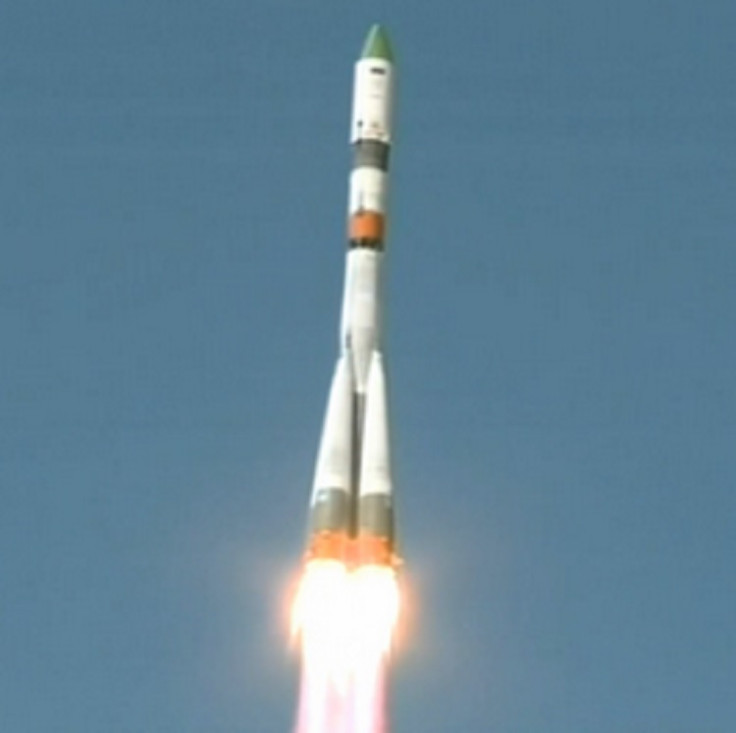Russian cargo spacecraft debris expected to hit Earth in a week

Debris the size of soccer balls could rain down on Earth in the second week of May as the unmanned, out-of-control Russian cargo spacecraft Progress makes its descent.
The Progress M-27M cargo ship was ferrying supplies to the International Space Station when it lost communications soon after launch from the Baikonur Cosmodrome in Kazakhstan early on Tuesday (28 April).
Russia has abandoned attempts to re-establish connections with the 2.6 billion rouble (£33m) mission, the head of the Roscosmos space agency said.
"It has started descending. It has nowhere else to go," an official told AFP news agency on condition of anonymity.
Wreckage from the craft will likely burn up as it re-enters the atmosphere, said Vladimir Solovyev, flight director for the Russian section of the ISS.
Any surviving debris will probably land between 5-7 May but where exactly it will fall will not be known for at least another two days, Solovyev added.
Astrophysicist and associate professor at the Australian National University Charley Lineweaver told ABC that if the spacecraft continued on its current orbit, the debris could fall anywhere spanning plus-50 and minus-50 degrees latitude on the Earth's surface, which is pretty much two-thirds of the Earth.
"If it comes down at a very narrow angle and burns up it, could burn up completely.
"If it comes down more straight and bigger pieces are left, then big pieces the size of your head or a soccer ball will come down and a debris field will be created," he said while noting that the element of danger is unknown.
Dr Lineweaver believes the chances of it hitting a city or person are extremely low.
The Progress ship had been scheduled to dock with the ISS today, where the international crew of six people is awaiting the cargo.
However, Nasa said none of the equipment on board was critical and that the astronauts had plenty of provisions to last for months.
The unmanned Progress M-27M cargo ship was carrying almost three tonnes (2,722 kg) of supplies.
The next delivery to the ISS is planned by SpaceX's Dragon cargo ship on 19 June.
Falling debris in the past
The failure of Progress shows that 35 years after the American space station Skylab came crashing down on Earth on 11 July, 1979, space debris continues to haunt the world.
The 75 odd tonne machine standing nine-storey-tall came down in large chunks that fell into the Indian Ocean and populated areas of Western Australia. Fortunately, no one was injured.
Prior to the Skylab fear an unexpected fiery crash in January 1978 of a Soviet satellite in northern Canada led to the scattering of enriched uranium across a wide swath of grassland.
There are a little over 1,071 operational satellites in orbit around the Earth. Half of these are in low-Earth orbit, a few hundred kilometres above the surface.
A few, comprising global positioning satellites, are in medium-Earth orbit, around 20,000kms up and the rest are in geostationary orbit, at an altitude of almost 36,000kms.
Almost a dozen geosynchronous satellites go out of service every year with most ending up in a disposal orbit 300kms above. For low altitude craft, after their operational years Nasa recommends they be brought close enough to the Earth to return within 25 years.
When a satellite falls out of orbit, it has been calculated that between 10% and 40% of its mass survives re-entry. None so far have caused human injuries.
There are an estimated 500,000 pieces of space junk of all sizes orbiting Earth, according to Nasa.
© Copyright IBTimes 2025. All rights reserved.





















